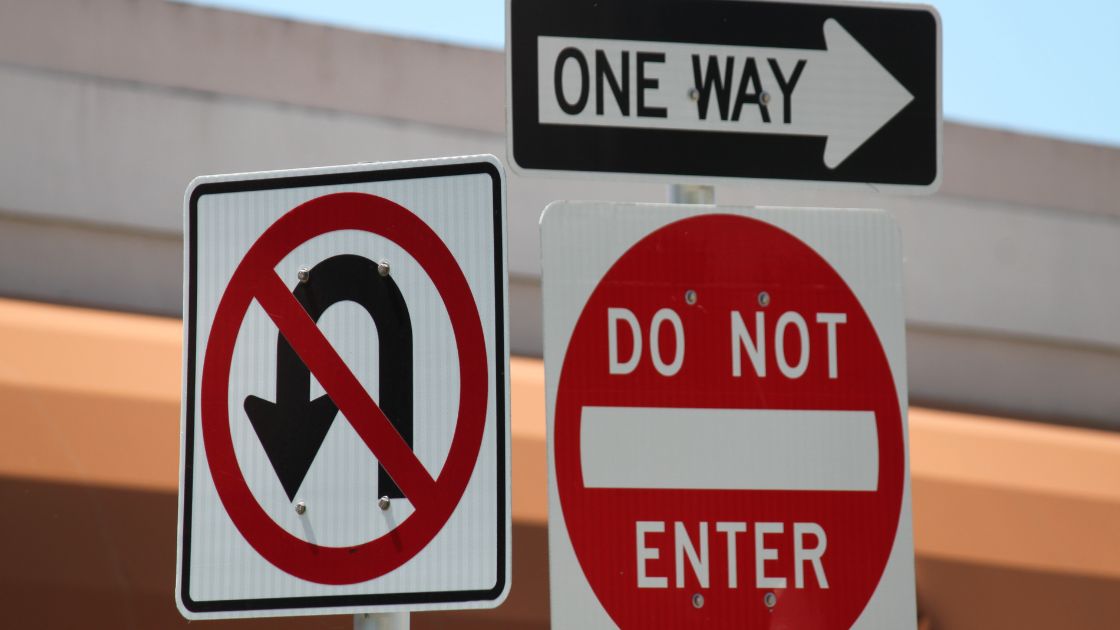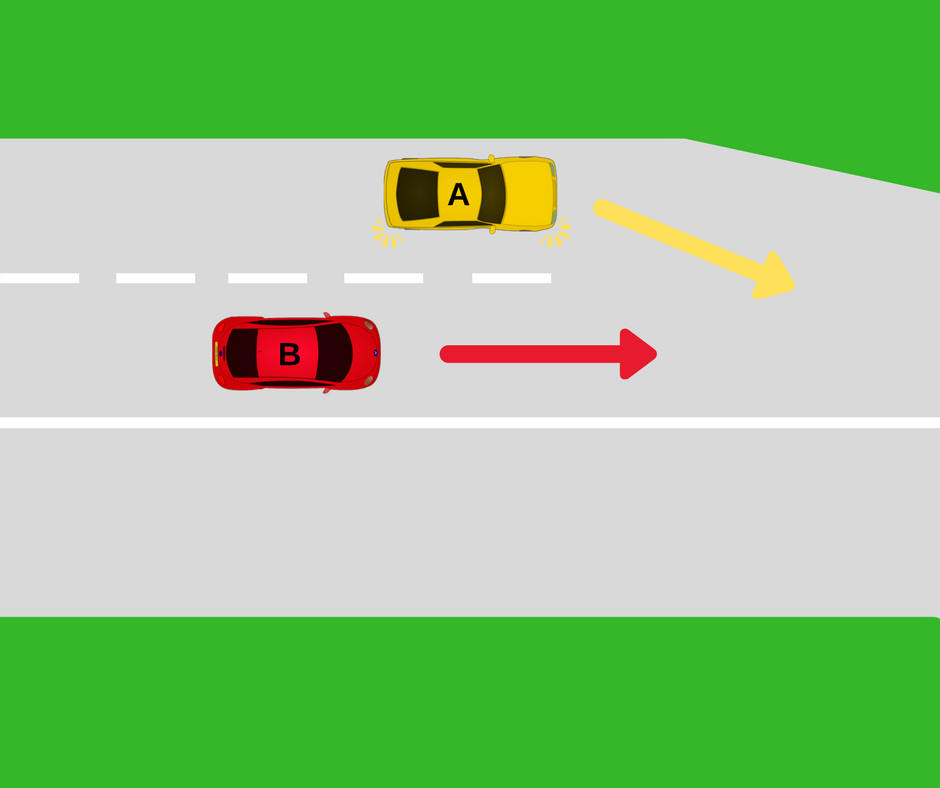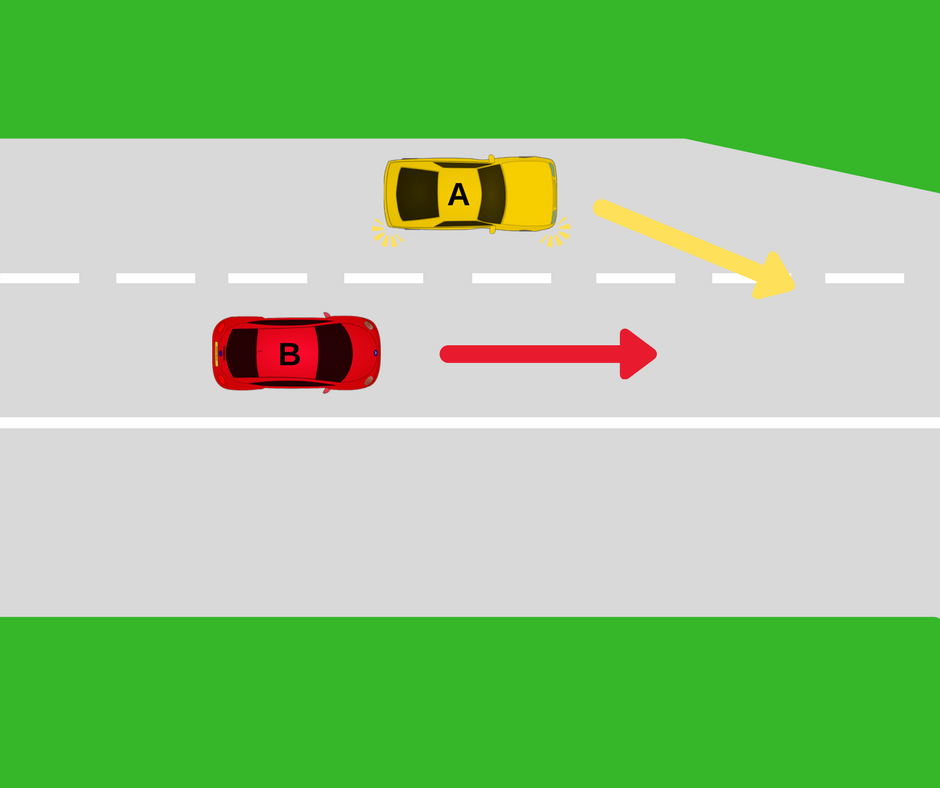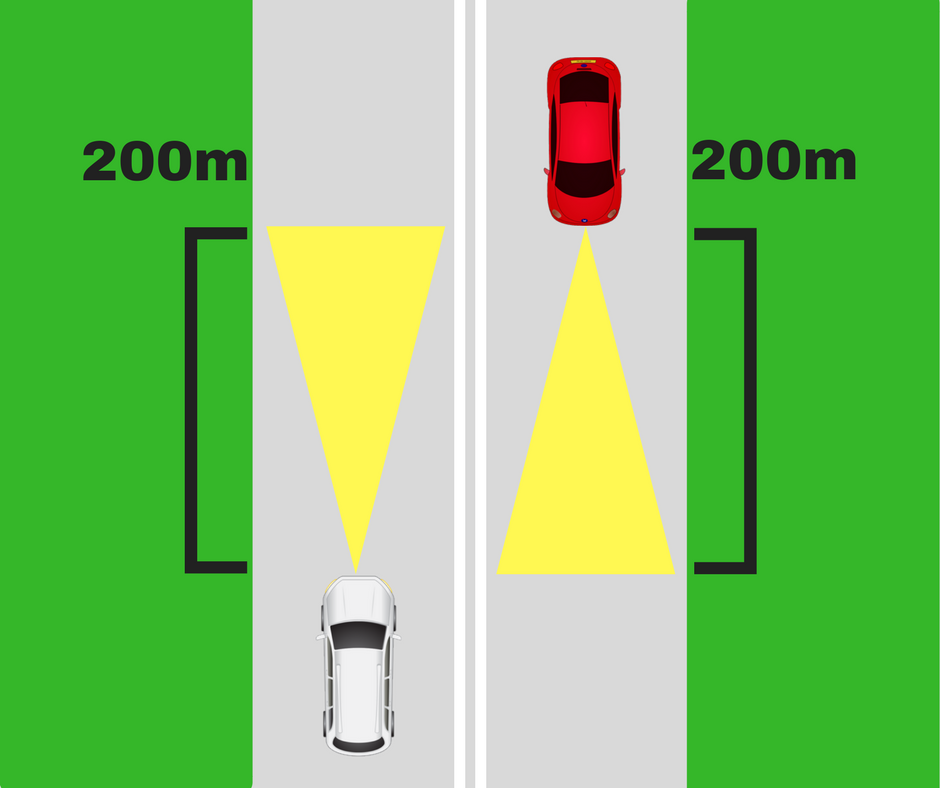The Top 10 Misunderstood Road Rules in NSW
At LTrent Driving School, we understand that road rules can sometimes be confusing. So, we’ve compiled the top 10 misunderstood road rules in NSW to make your driving journey as a learner, provisional or fully licensed driver smoother. Let’s get started!
Here are the Top 10 Misunderstood Road Rules in NSW
1. Roundabouts
Roundabouts can be tricky, but with a little guidance, they can be simple. When approaching a roundabout, always remember to:
- Give way to any vehicle already in the roundabout.
- For those turning left or going straight ahead, always signal your intent. If turning right, use the appropriate signal too.
- Making a U-turn in a roundabout? Yes, it’s possible! Just make sure you signal and give way to vehicles and pedestrians.
- When changing lanes in a roundabout, always ensure it’s safe, and don’t forget to signal.
- Finally, when exiting the roundabout, signal left just before you leave.
2. Giving Way to Pedestrians When Turning
Pedestrians, especially when turning, have the right of way. Always be vigilant at intersections, especially when you’re turning left. If there’s a pedestrian crossing the road, let them pass safely before proceeding.
3. Mobile Phones: For Learners, Provisional, and Full Licensed Drivers
Mobile phones can be distracting, and it’s essential to know the rules:
- For learner and provisional drivers, mobile phones are completely off-limits while driving.
- Full licensed drivers can use phones but ensure they’re secured in a commercially designed holder.
Remember, distractions can be dangerous, so always prioritise safety!
4. Merging Lanes
When the number of lanes reduces, and you need to merge, it’s not a race! Ensure you merge with courtesy and safety in mind. Keep an eye out for any signs and adjust your speed limit accordingly.
5. Keeping Left
On the roads of NSW, the rule of “keeping left” is one that often confuses new drivers, but it’s essential for smooth traffic flow and safety. Here are the specifics to help you navigate this rule with confidence:
- On multi-lane roads with a speed limit of more than 80km/h, it’s crucial to stay in the left-hand lane. But, like all rules, there are exceptions:
- If you’re overtaking another vehicle.
- If you’re turning right or making a U-turn.
- If you need to avoid an obstacle on the road.
- If you’re driving in a designated special purpose lane.
- If there’s a sign indicating a turn arrow and you’re not turning left.
- An essential point to remember is the “Keep Left Unless Overtaking” sign. When you spot this sign, the left rule applies, regardless of the speed limit. This means even if you’re below the 80km/h mark, you should adhere to the “keep left” rule if this sign is displayed.
6. Using Headlights and Fog Lights
Driving safely is not just about how you control your vehicle, but also how visible you are to others on the road. Using the correct lights at the right times is crucial to ensure your safety and that of others:
- High Beam: High beam headlights are powerful and can illuminate the road ahead for greater distances. However, their intensity can dazzle other drivers, so there are rules to ensure they’re used safely:
- Do not use high beams if you’re less than 200m behind a vehicle travelling in the same direction.
- Avoid using high beams if you’re less than 200m from an oncoming vehicle.
- Fog Lights: These lights are designed for specific conditions:
- Use only when driving in fog, mist, or other atmospheric conditions that restrict visibility.
- Once the conditions improve, ensure you turn the fog lights off. They’re intense and can dazzle other drivers if used in clear conditions.
It’s also recommended that, in some daytime situations, driving with your vehicle’s headlights on can improve the likelihood of being seen by other road users.
7. U-turns
U-turns are prohibited in the following situations:
- At intersections without traffic lights that display a ‘No U-turn’ sign.
- At intersections equipped with traffic lights, unless a ‘U-turn permitted’ sign is present.
- Over a single continuous dividing line or a pair of continuous dividing lines.
- Over double dividing lines when the continuous line is nearest to you.
- On motorways and freeways.
8. Safe Following Distances
Maintaining a safe gap between vehicles is crucial for road safety. Drivers must ensure a sufficient distance behind vehicles ahead to prevent collisions. Although conditions might vary, a general rule is to maintain a three-second gap. This provides ample time to react and avoid potential accidents. To gauge this, when the car ahead passes a landmark, count “one-thousand-one, one-thousand-two, one-thousand-three.” Your vehicle should pass the same point as you finish counting. Adapting this practice will greatly reduce risks and make your journey smoother and safer.
9. School Zones
School zones play a pivotal role in ensuring the safety of our children. These zones are marked areas around schools, with a reduced speed limit, typically 40km/h. These limits are particularly enforced during school hours, often from 8:00am to 9:30am and 2:30pm to 4:00pm. During these times, drivers must be extra cautious and adhere to the speed restrictions. Pupil-free days within the official school timetable still count in terms of speed enforcement. Always be vigilant in these zones, watch out for crossing guards, and be prepared for sudden stops as children can be unpredictable.
10. Yellow Traffic Lights
Yellow doesn’t mean speed up! When the light turns yellow, stop unless it’s unsafe to do so. Always approach intersections with caution.
In conclusion, by keeping these rules in mind, navigating the NSW road can be a lot easier and less daunting. The Centre for Road Safety has plenty of resources if you wish to delve deeper. But for now, happy driving, and remember, safety always comes first!
If you want to become a safer driver and set good driving habits for life, get professional instruction with LTrent Driving School. Call 02 8748 4500 or book online!



